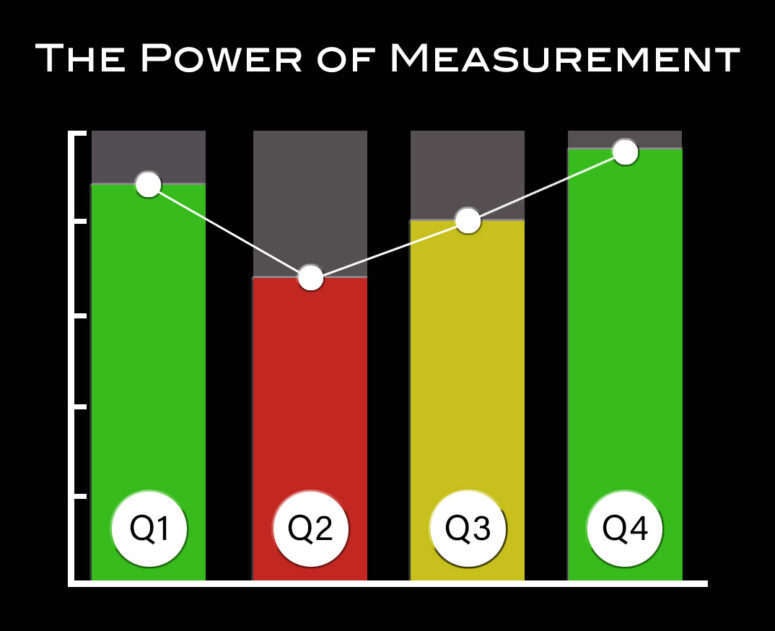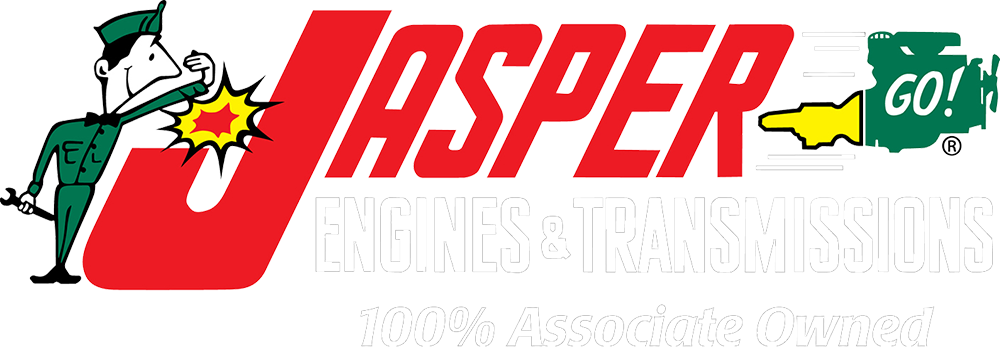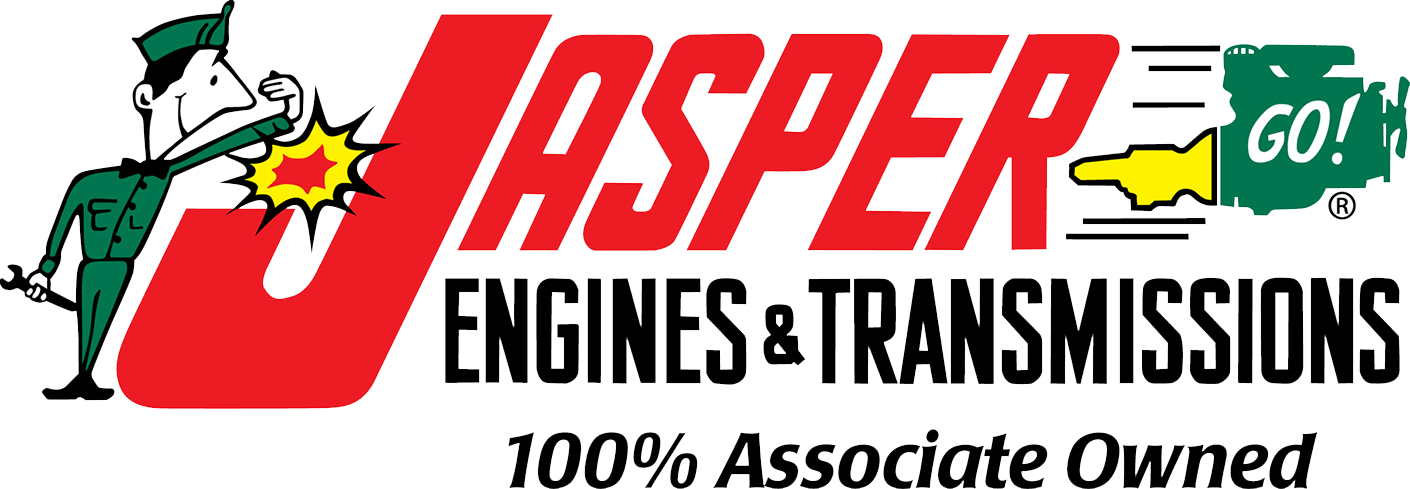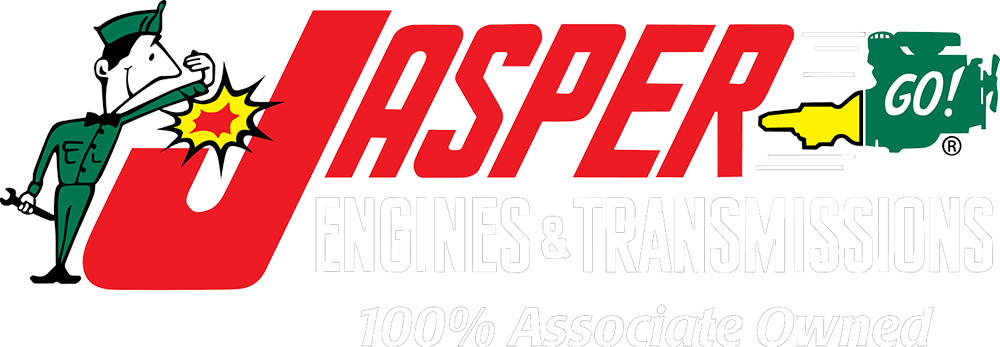by Joe McDonald – JASPER Vice President of Sales
The phrase “What gets measured gets done” is a core principle at JASPER. Numerous methodologies, such as Lean and Six Sigma, have emphasized the importance of measurement in business success. The essence of these approaches lies in the fact that without measurement, accountability fades, and mediocrity prevails. The critical question for any business, especially in a shop environment, is: What should you measure to ensure success?
A common, yet superficial, measure of success that shop owners often cite is having money in the bank at the end of the month. While this is indeed a measurement, it fails to provide insights into the underlying factors contributing to financial health or lack thereof.
To truly drive revenue growth in a shop, there are fundamentally two avenues: increasing car count and boosting the average repair order (RO) value. At a minimum, shop owners should track these metrics. For instance, if your shop averages 40 cars per week but sees a drop to 32 in the last quarter, this decline can signal a problem far sooner than a dip in the bank balance at the month’s end.
Similarly, monitoring the average RO can reveal issues early on. A declining average RO may point to inefficiencies, whether it’s a service writer failing to upsell or a technician performing subpar inspections.
By consistently measuring these metrics, accountability is instilled within the team, allowing for quicker identification and resolution of problems. Each team member, including the owner, plays a crucial role in the measurement process. If everyone understands and adheres to their responsibilities, identifying and addressing breakdowns becomes significantly more straightforward.
It’s essential to determine with your team what to measure. While car count and average RO are foundational metrics, several other key performance indicators (KPIs) can provide deeper insights into your shop’s performance:

Gross Parts Profit
Labor Gross Profit
Average Repair Order (ARO) Labor Hours
Technician Efficiency
Effective Labor Rate
Labor metrics, in particular, are often the most profitable aspects of a shop’s business. Accurate billing, especially for diagnostic time, can make significant improvements. Measuring the effective labor rate can pinpoint inefficiencies, such as undercharging for diagnostic efforts.
Understanding where your dollars are going allows for better strategic planning and corrective actions. For example, realizing that diagnostic time isn’t being billed accurately might prompt you to adjust your pricing strategy, ensuring you’re compensated for every task performed.



